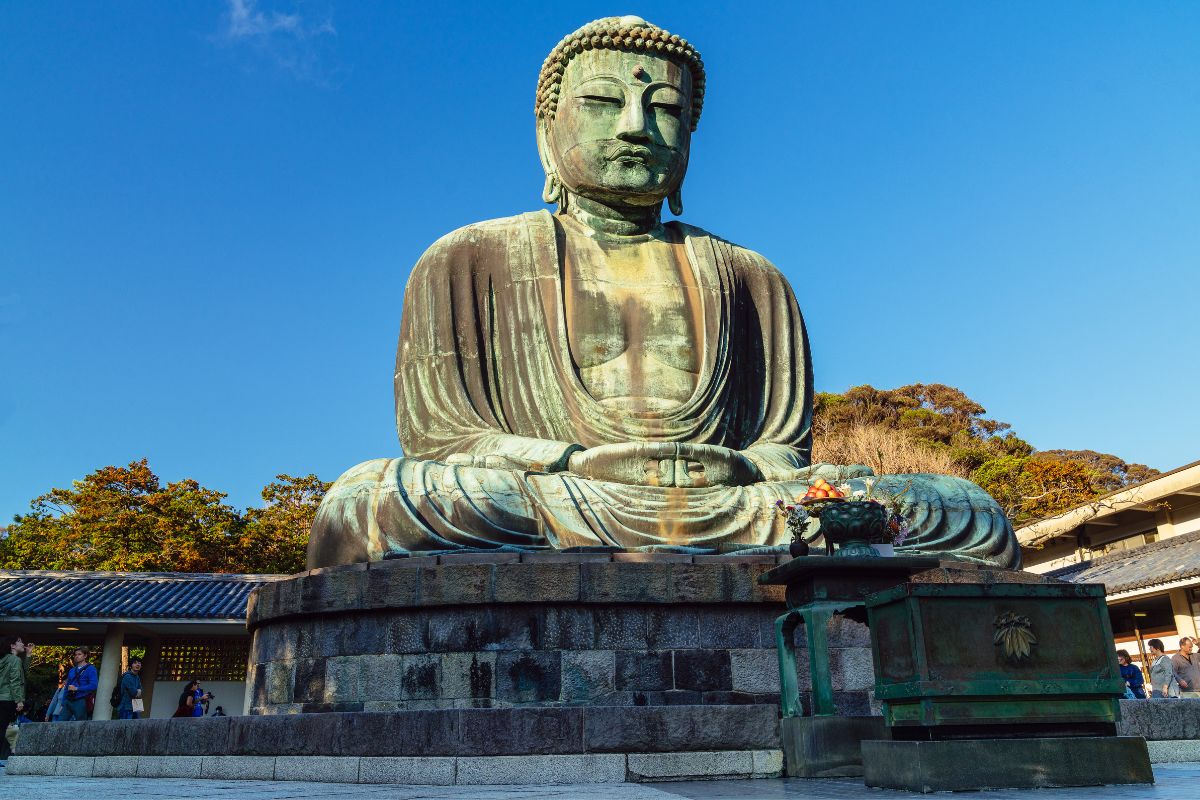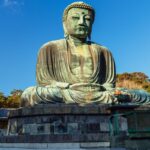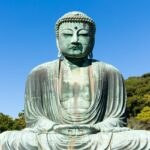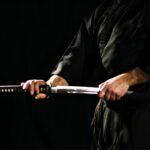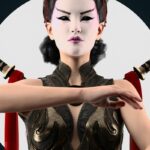Beautiful Japan is a country with a rich history – full of politics, revolts, and bloodshed. One of the most notable and exciting talking points regarding this is the shogunate – or the government of the shogun.
In other words, a military-run government that lasted over 500 years and changed the course of the country’s history.
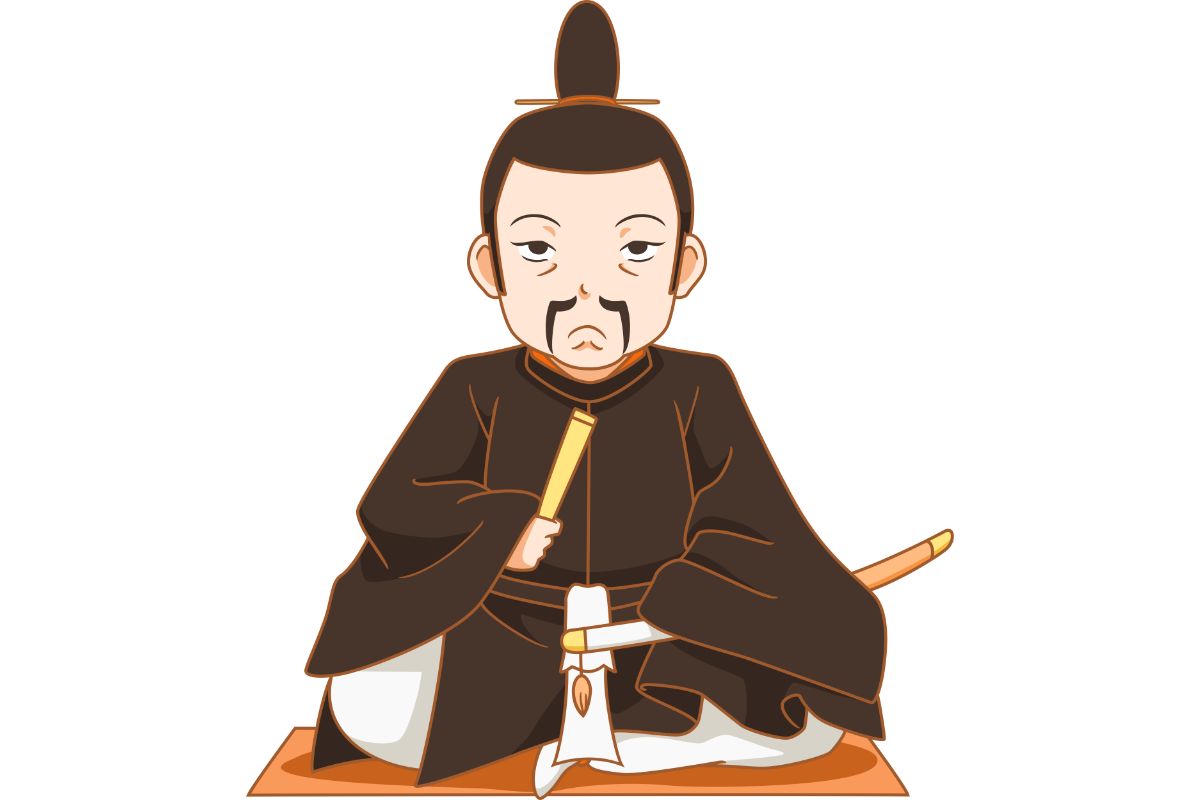
The first shogunate started in 1192 and was established by Minamoto Yoritomo. Shogunate rule officially ended a little over 150 years ago in 1867.
To find out more about the first shogunate of Japan, keep reading! We’re going to cover everything you need to know.
The First Shogunate Of Japan
What Is A Shogunate?
A shogunate, also known as shōgunshoku or bakufu in Japanese, is the government of the shogun. A shogun is a military dictator whose title and position is hereditary. In other words, the title of shogun is passed from father to son in families.
This term is thought to have first appeared in a number of titles that were given to military commanders in the imperial government back in the 8th and 9th century. This was a time when there were a series of campaigns against the Emishi (Ezo) tribes in northern Japan.
The name comes from the rank of the highest warrior – seii taishōgun – which means “barbarian-quelling generalissimo”. This title was abbreviated to “shogun”, and was since used and applied to other shogunate leaders.
The shogunate was legally under the emperor’s control. As such, they had limited authority and only covered the country’s military forces.
However, the feudal nature of the country ultimately created an environment where those who controlled the military controlled the country.
Because of this, the shogun became the true leader of Japan, while the emperor was little more than a symbol of sovereignty. At this point, the emperor had no real power, and the country was effectively run by the military.
Shogunate Vs Shogun
The shogunate is the government that belongs to the shogun.
The shogun is the head of the shogunate, and is the military dictator.
The First Shogunate Of Japan
The first shogunate of Japan was the Kamakura shogunate. This was established in 1192 under Minamoto Yoritomo at his headquarters in Kamakura – hence the name.
Minamoto was a samurai leader who eventually gained military dominance over Japan in 1185. This happened by Minamoto gaining a decisive victory over the Tiara family, his rivals, in 1185 at the battle of Dannoura.
He became shogun seven years later and formed Japan’s first shogunate in 1192. During this shogunate period, feudalism was established in Japan. This period was known for the warrior caste and emergence of samurai.
Over time, this shogunate came to possess not only military power, but also judicial and administrative functions in the country. Despite this, however, the imperial government was still the recognized legal authority, though they had little power.
Shugo, or military governors, were appointed by the shogunate to be the heads of each province. These individuals were named stewards, and were instructed to supervise every estate in the province. This helped to establish a national network within Japan.
Minamoto died in 1199, just seven years after becoming shogun. From then on, the real power within the shogunate was in the hands of the Hōjō family. This family then acted as shogunal regents for the rest of the Kamakura shogunate period.
During this time, the Mongols attempted to invade Japan in 1274 and 1281. The Mongol troops were dealt with by Japanese warriors, but also the typhoons, which destroyed the enemy fleets.
However, the defense efforts resulted in financial strain in Japan and exacerbated the regime’s internal weaknesses.
In 1331, emperor Go-Daigo revolted against the shogunate. This revolt eventually resulted in the Kamakura shogunate collapsing in 1333.
Kamakura Shogunate Culture

Since the warrior class rose during the rule of the Kamakura shogunate, culture in Japan changed. Under this rule, the ideals of bravery, loyalty, duty, and martial skills were held in the highest regard.
In this feudal period, the cult of the sword and seppuku (ritual suicide via disembowelment) emerged.
Because of this shift in culture, Zen Buddhism became incredibly influential. This was due to the fact that it emphasized direct action, concentration, and discipline – all of which were important to the warrior class.
However, vast numbers of the population began following Nichiren and Shin (True Pure Land) Buddhism. Literature began to put an emphasis on depicting heroic but typically unsuccessful exploits of famous warriors.
How Many Shogunates Were There?
There have been three shogunate periods in Japan’s history. The first started with Minamoto Yoritomo in 1192 and ended in 1333. After Go-Daigo’s revolt, a second shogunate was established by Ashikaga Takauji in 1336.
This shogunate ruled Japan from 1338 to 1573. In the year 1600, Tokugawa Ieyasu gained dominance of Japan and established the third shogunate in 1603.
This last shogunate ended in 1867, when Yoshinobu was forced to relieve military and administration affairs to the emperor.
Ashikaga Shogunate – 1336-1573
During the Ashikaga shogunate period, trade between Japan and China boomed and Europeans first began to arrive in the country. However, this shogunate was nothing like the one before, and lacked power and money.
In this time, the arts became increasingly important. Garden design, painting, tea ceremonies, interior design, poetry, flower arranging and much more became increasingly important. Even Noh theater developed during this time.
However, the Onin War broke out in 1467 and lasted a decade. This turned into a national civil war, and the daimyo (feudal lords) fought for the privilege of naming the next heir.
Factional fighting resulted in Kyoto being burned. In 1573, Oda Nobunaga, a warlord, overthrew the shogun
Tokugawa (Edo) Shogunate – 1603-1867
The final shogunate was the Tokugawa shogunate or period – also known as the Edo period. Unlike the shogunates before, the leader of the Tokugawa shogunate was able to achieve hegemony over not only parts of Japan, but the whole country.
This was done with careful consideration, and resulted in a time of political stability, internal peace, and incredible economic growth.
In order to maintain stability, the social order was frozen by the shogun. This meant that the four classes (merchants, warriors, artisans, and farmers) were prohibited from moving to another class.
About 80% of the population were peasants at this time, and were prohibited from participating in non-agricultural work and activities. This was done as a means to ensure that there was a stable source of income for anyone in a position of power.
Christianity was banned in the 1630s, and missionaries were expelled from the country. The Tokugawa shogunate adopted a national seclusion policy.
Because of this, Japanese subjects were prohibited from returning if they were overseas, and were banned from leaving the country. All foreign contact was cut, except for some Dutch and Chinese merchants who were allowed to trade.
In its final years, this shogunate had to deal with uprisings from peasants and unrest from samurai, along with various financial issues.
This ultimately led to the Tokugawa shogunate being overthrown in 1867. Soon after, the Meiji Restoration occurred, and the emperor was returned to supreme power.
Final Thoughts
Japan has seen three shogunate periods throughout its history. The first was the Kamakura shogunate, which was established in 1192 and ended in 1333.
After this, two more shogunates ruled Japan until the final Tokugawa shogunate was overthrown just over 150 years ago in 1867.
- 16 Best Websites To Watch Japanese Movies With English Subtitles - May 11, 2023
- Is ZIPAIR The Best Airline For Traveling To Japan? - May 11, 2023
- Ryu Murakami Vs Haruki Murakami – Which One Should You Read? - May 11, 2023


